Im Folgenden stellen wir Ihnen eine Auswahl von Forschungs- und Entwicklungsprojekten mit Industriepartnern sowie öffentlich oder intern geförderte Projekte vor. Da viele unserer Referenzprojekte der Geheimhaltung unterliegen, können wir Ihnen diese leider nicht vorstellen.
Bitte zögern Sie nicht, uns direkt zu kontaktieren, wenn Sie weitere Informationen zu Ihren Themeninteressen benötigen.
Referenzprojekte
#MOIN Campus–Nachbarschaft–Sichtbarkeit
06/2023 - 05/2026
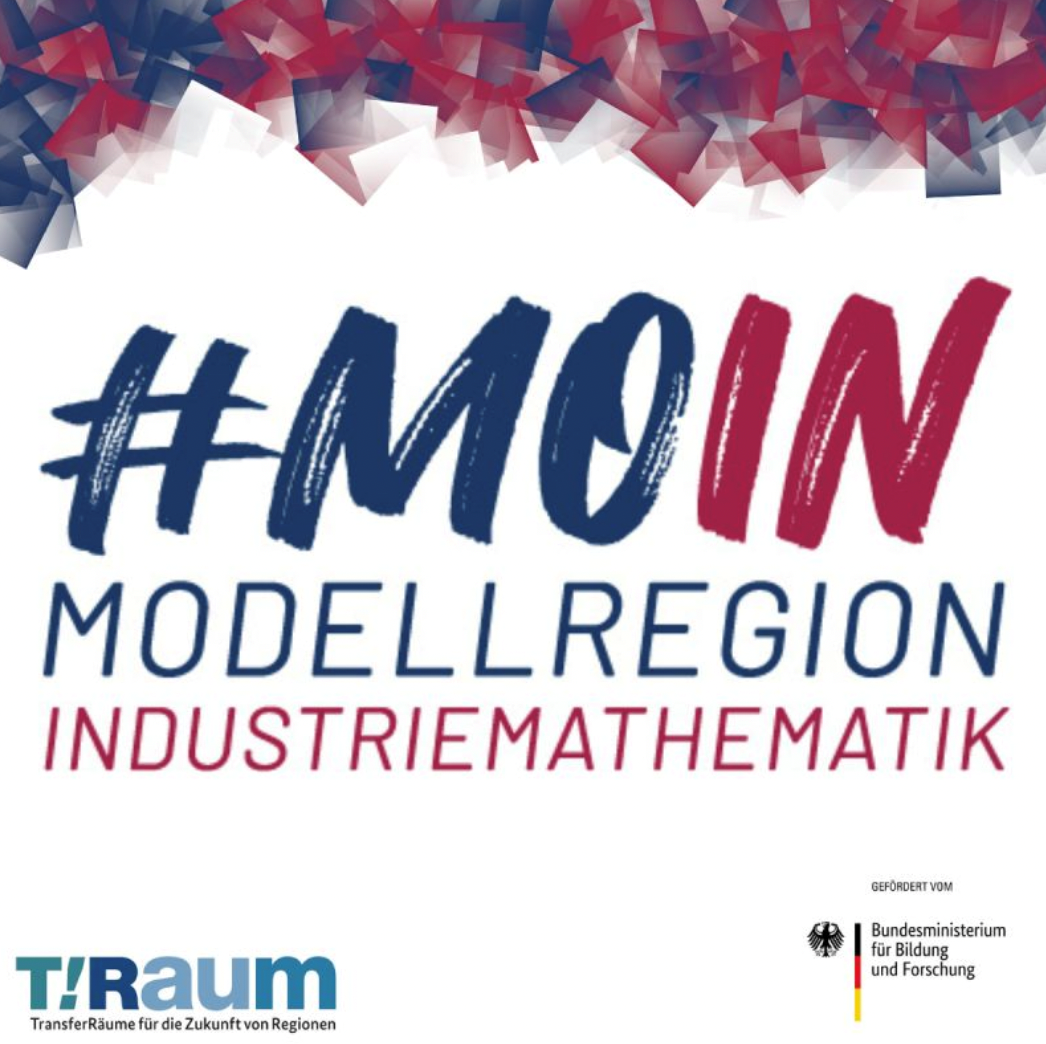
Mathematische Resultate bestmöglich zu nutzen und der Gesellschaft eine bessere Vorstellung von der Bedeutung der Mathematik für die Innovationen und für unseren Alltag zu vermitteln – dies sind die Ziele einer nachhaltigen Modellregion Industriemathematik (MOIN) in Bremen, Bremerhaven und dem Landkreis Osterholz. Ziel ist es, Industriemathematik als Innovationstreiber in der Wirtschaft und Industrie zu etablieren, den Blick der Öffentlichkeit für die Industriemathematik zu schärfen, und Mathematik in der Schule wieder attraktiv zu machen. Das Teilprojekt #MOIN-Campus-Nachbarschaft–Sichtbarkeit will dabei den Ruf der Mathematik in der Öffentlichkeit verbessern und den Nutzen von Mathematik vor allem Jugendlichen und ihren Lehrkräften vermitteln. Dafür finden Aktivitäten auf dem Campus und in der Nachbarschaft statt sowie an den Schulen der Jugendlichen. Das Bundesministerium für Forschung und Bildung (BMBF) finanziert das 36-monatige Teilprojekt #MOIN-Campus-Nachbarschaft–Sichtbarkeit mit rund 690.000 Euro, die entsprechenden Aktivitäten des Fraunhofer MEVIS werden mit einem Anteil von 100.000 Euro gefördert.
RACOON
seit 2020

RACOON (Radiological Cooperative Network) ist eine wegweisende Initiative, an der die Radiologien aller 38 deutschen Unikliniken beteiligt sind. Es handelt sich um ein multizentrisches Netzwerk, das eine landesweite Infrastruktur zur konsequent strukturierten Erfassung radiologischer Daten bietet. Das Projekt zielt darauf ab, Daten aus verschiedenen Quellen zu aggregieren, strukturiert aufzubereiten und für gemeinsame Forschungszwecke nutzbar zu machen. Ein besonderer Schwerpunkt liegt auf der Entwicklung von KI-Applikationen zur Optimierung radiologischer Diagnosen und Behandlungen. Fraunhofer MEVIS hat das Annotationstool SATORI in RACOON eingebracht, das an allen Unikliniken zur präzisen Segmentierung und Analyse radiologischer Daten beiträgt.
KI-Cluster Health
02/2022
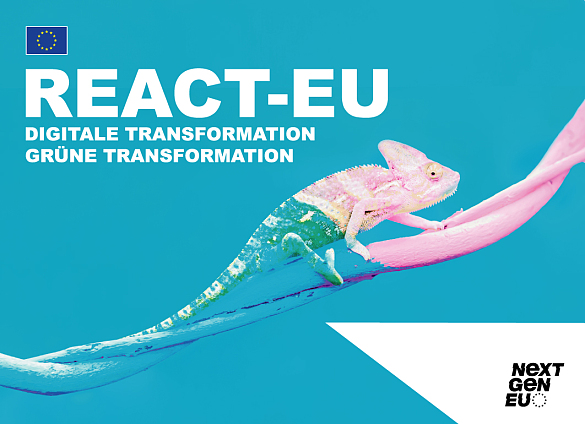
Moderne Deep Learning-Verfahren erlauben es, KI-Modelle für die Automatisierung kognitiver Aufgaben in vielen Anwendungsgebieten zu trainieren, darunter auch für die digitale Medizin. Das ist eine kleine technische Revolution, denn erstmals können einige sehr anspruchsvolle Aufgaben sinnvoll vom Computer unterstützt werden. Aber auch in vielen Fällen, in denen bereits gute Lösungen existierten, verbessern diese neuen KI-Methoden den Stand der Kunst noch einmal deutlich.
BIGPICTURE
02/2021 - 01/2027

To allow the fast development of AI in pathology, the BIGPICTURE project aims to create the first European, ethical and GDPR-compliant (General Data Protection Regulation), quality-controlled platform, in which both large-scale data and AI algorithms will coexist. The BIGPICTURE platform will be developed in a sustainable and inclusive way by connecting communities of pathologists, researchers, AI developers, patients, and industry parties. To achieve its goals, the BIGPICTURE project will first create the infrastructure needed to store, share and process millions of image files. Secondly, it will address legal and ethical issues to ensure patient privacy and data confidentiality issues are fully respected.
NFDI4Health
10/2020 - 09/2025

Das Ziel von NFDI4Health ist die Verschmelzung von epidemiologischer, Public Health- und klinischer Forschung: Ein multidisziplinäres Team aus Wissenschaftlerinnen und Wissenschaftlern soll in Deutschland eine Forschungsdateninfrastruktur für personenbezogene Gesundheitsdaten aufbauen: NFDI4Health. Das Projekt wird von Bund und Ländern finanziert. Die Mission ist die Wertsteigerung der Forschung in den Bereichen Epidemiologie, Gesundheitswesen und klinische Studien. Dazu sollen hochwertige Daten nach den FAIR-Prinzipien international zugänglich gemacht werden. NFDI4Health bietet eine vollständige Abdeckung großer epidemiologischer Studien, der Public-Health-Forschung und von Prüfärzten und -ärztinnen initiierter klinischer Studien in Deutschland sowie die gemeinsame Entwicklung von NFDI4Health mit der Nutzergemeinde.
EMPAIA
01/2020 - 12/2023

Die bildbasierte Diagnostik konnte zuletzt durch die Nutzung von Methoden der künstlichen Intelligenz (KI) große Fortschritte erzielen. EMPAIA (EcosysteM for Pathology Diagnostics with AI Assistance) verfolgt das Ziel, Ärzten den Einsatz von validierten und zertifizierten KI-Lösungen routinemäßig zu ermöglichen. Dafür etabliert das Projekt ein Diagnostik-Ökosystem am Beispiel der Pathologie. Zentrales Instrument ist eine Plattform, auf der KI-Algorithmen weiterentwickelt und validiert werden. Angeboten werden KI-Services für Diagnostik und Forschung, deren Zertifizierung durch klare rechtliche Rahmenbedingungen und die Orchestrierung von Entwicklern, Referenzinstituten und Zertifizierern erleichtert wird. Die KI-Nutzung wird auch über den Abbau von regulatorischen, rechtlichen, technischen und organisatorischen Hürden gefördert. Zum Kompetenzaufbau bietet die Academy halbtägige Fortbildungsveranstaltungen an.
VIVATOP
10/2018 - 09/2021

Medizinstudent:innen sezieren menschliche Körper während der Vorlesung, Patient:innen schauen sich gemeinsam mit Ärzt:innen ihre Leber in 3D an und im Operationssaal werden Expert:innen aus der ganzen Welt hinzugeschaltet. Was sich nach Zukunft anhört, könnte schon bald Alltag in Kliniken und Universitäten sein. Neue Informationstechnologien können helfen, um Chirurg:innen vor und während der Operationen wichtige Informationen bereitzustellen und damit die Erfolgsaussichten des Eingriffs spürbar zu erhöhen.
Im Projekt VIVATOP (Vielseitiger Immersiver Virtueller und Augmentierter Tangible OP) werden am Beispiel der Viszeralchirurgie unter Einsatz von Virtual Reality (VR), Augmented Reality (AR) und 3D-Druck Anwendungen konzipiert, um sowohl die Planung und Durchführung von Operationen als auch Aus-, Fort- und Weiterbildungsszenarien effektiv zu unterstützen.
PANTHER
10/2016 - 09/2019
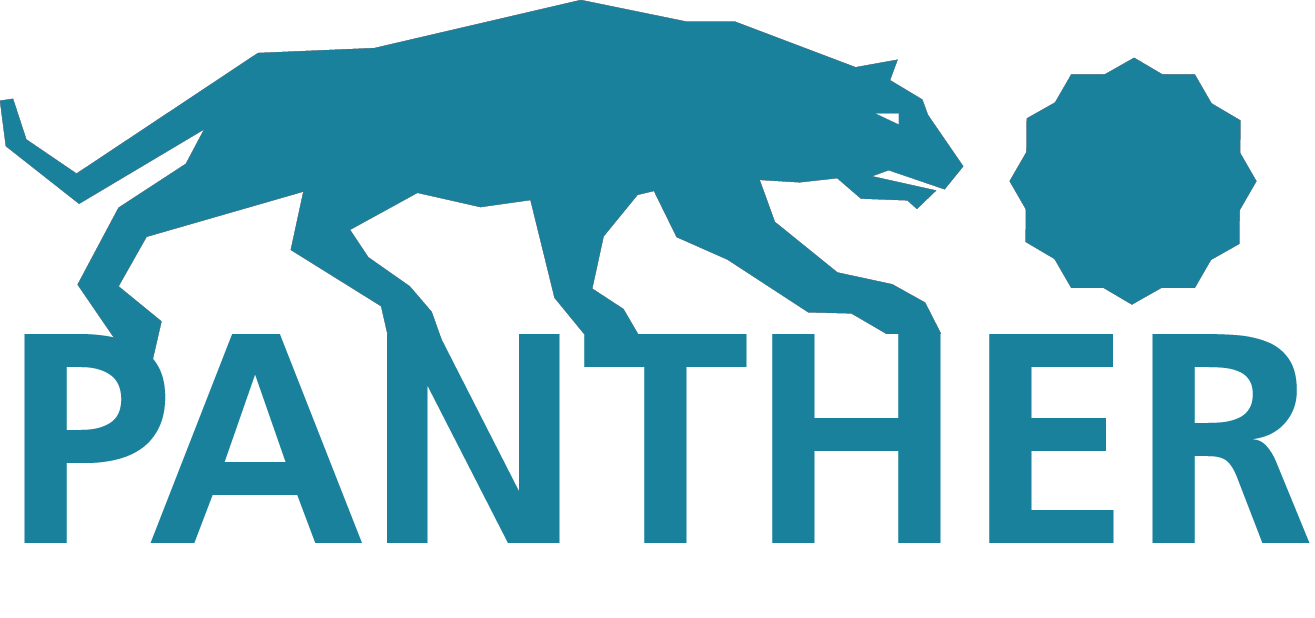
PANTHER (Patient-oriented oncological therapy assistance) is a joint project of Siemens Healthcare GmbH, the Medical Center of the University of Munich, MeVis BreastCare GmbH & Co. KG, and Fraunhofer MEVIS, funded by the Federal Ministry of Education and Research.
The goal of PANTHER is to enable an earlier and more precise assessment of response to chemotherapy in cancer patients based on CT images. Automated quantitative image analysis methods will be combined with clinical data to create a decision support system that can help physicians monitor the treatment and adapt it if necessary. This may result in better patient outcomes, reduced side effects, and lower costs. Another focus of the project is to develop new visualization and 3D printing techniques to involve patients into therapy decisions. A web-based prototyping platform will facilitate an agile development and early clinical validation of the project results.
QuantMed
10/2015 - 2019
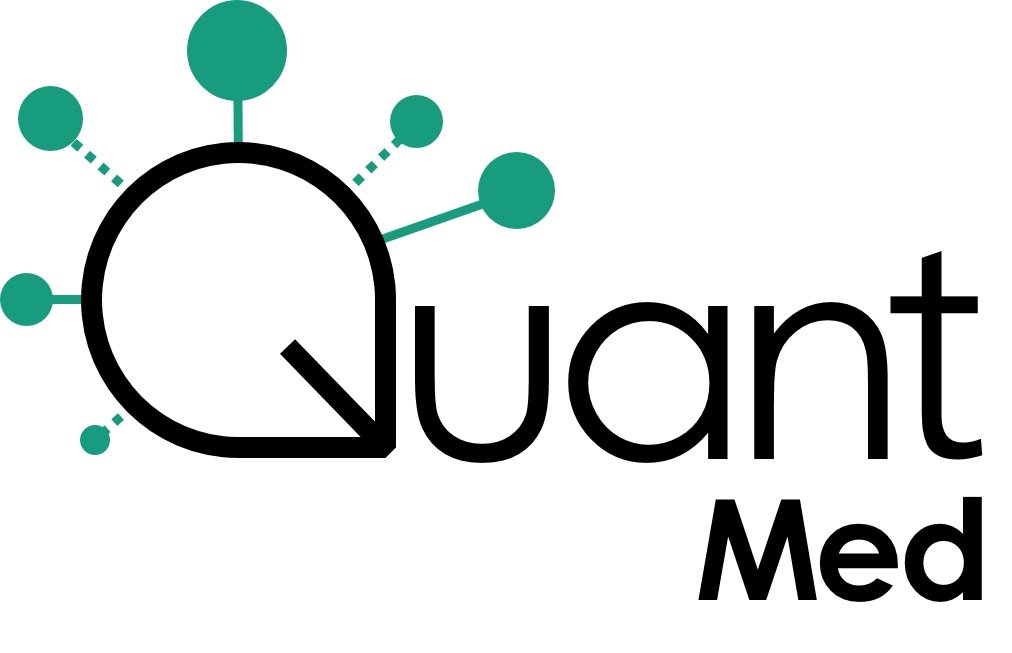
QuantMed is establishing "Cognitive Medical Computing" at Fraunhofer MEVIS by which clinical decisions and quantitative tasks in medicine will be enhanced.
The systematic generation, accumulation, validation, and utilization of quantifiable medical knowledge is addressed to make clinical decisions more reliable, accurate, and more efficient. The medical application competence at MEVIS is extended by QuantMed by robust, comprehensible and correctable system solutions, in which data-driven and interactive knowledge generation are combined with medical guidelines. Patient-individual data are combined with knowledge and information about relevant populations in the sense of multidisciplinary phenotyping. For this purpose, deep learning techniques like unsupervised learning procedures are used to cope with the amount of data and to identify frequently occurring patterns, whereas supervised and reinforcement learning methods are utilized for processing clinical parameters or iterative user inputs.
Visit also: Deep Learning in Medical Imaging
AMI
10/2015 - 09/2018
AMI (Automation in Medical Imaging) is a joint project of RadboudUMC's DIAG group and Fraunhofer MEVIS, funded by both institutions in equal parts.
The goal is to develop a joint infrastructure allowing efficient development of data-driven algorithms that automate clinical tasks. The technical developments will include a database infrastructure accompanied by a compute server backend to validate long-running learning algorithms on clinically curated data. The frontend development will focus on a web-based clinical user interface using a component framework. The project uses key clinical demonstrators to harvest the benefits of the frontend and backend developments for specific tasks: general oncology, digital pathology, and ophthalmology.
STIMULATE
01/2015 - 12/2019

The Magdeburg Forschungscampus STIMULATE is a project within the initiative "Forschungscampus – Public-Private Partnership to Foster Innovation" funded by the BMBF. The focus of STIMULATE are technologies for image-guided minimally invasive methods in medicine. The aim is to improve medical treatments as well as to help contain of exploding health care costs. In particular, age-related common diseases in the areas of oncology, neurology and vascular diseases are considered. In the long term, the project aims to become the "German Centre for Image-guided Medicine".
Main funding: BMBF
Role of MEVIS: consortium member
TRANS-FUSIMO
01/2014 - 12/2018
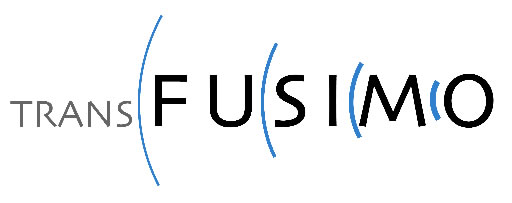
TRANS-FUSIMO is an EU funded project involving 11 partners from all over Europe. The project is a follow up project of FUSIMO where a planning system for MR-guided Focused Ultrasound Surgery (MRgFUS) in moving abdominal organs has been developed. MRgFUS combines high intensity focused ultrasound for thermal ablation of diseased tissue with MR imaging to visualise the tumour and surrounding anatomy and to provide MR thermal feedback. However, MRgFUS treatment of the liver and other abdominal organs present tremendous technological challenges, including motion due to breathing and shielding of the target by the rib cage. Thus, TRANS-FUSIMO will translate MRgFUS in the liver to the clinic.
Main funding: EC
Role of MEVIS: consortium leader, scientific coordinator
German National Cohort
06/2013 - 04/2023
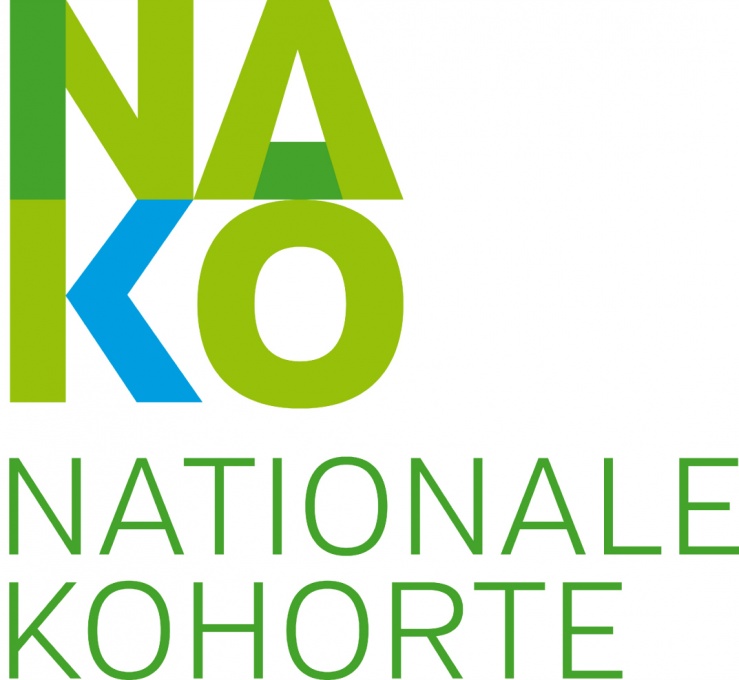
The German National Cohort (GNC) is a joint interdisciplinary endeavour of scientists from the Helmholtz and the Leibniz Association, universities, and other research institutes. Its aim is to investigate the causes for the development of major chronic diseases, i.e. cardiovascular diseases, cancer, diabetes, neurodegenerative/-psychiatric diseases, musculoskeletal diseases, respiratory and infectious diseases, and their pre-clinical stages or functional health impairments. Across Germany, a random sample of the general population will be drawn by 18 regional study centres, including a total of 100,000 women and 100,000 men aged 20–69 years.
Main funding: BMBF
Role of MEVIS: consortium member
WAKE-UP
12/2011 - 11/2017

WAKE-UP is a European multicentre investigator-initiated randomized placebo-controlled clinical trial of MRI based thrombolysis in acute stroke patients with unknown time of symptom onset, e.g. due to recognition of stroke symptoms on awakening. The objective of WAKE-UP is to test efficacy and safety of MRI-based intravenous thrombolysis with Alteplase in patients waking up with stroke symptoms or patients with unknown symptom onset. By this, WAKE-UP aims at providing a new safe and effective treatment option for acute stroke patients waking up with stroke symptoms.
Main funding: EC
Role of MEVIS: consortium member
CARDIOPROOF
10/2013 - 09/2016
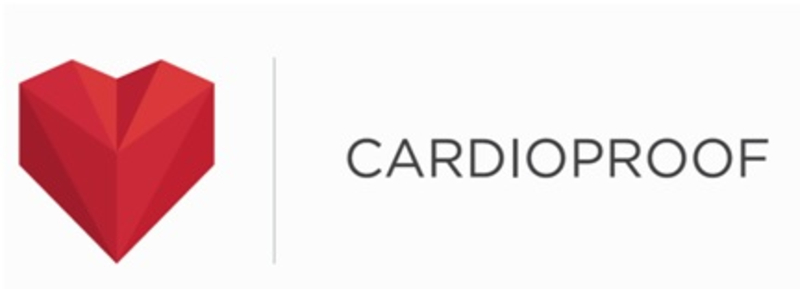
CARDIOPROOF is a project to determine the applicability and effectiveness of predictive modelling and simulation tools for cardiology. Consolidating the outcomes of previous Virtual Physiological Human (VPH) projects, CARDIOPROOF will validate the tools in interrelated clinical trials. These trials will be conducted at three European centres of excellence in cardiac treatment: The Ospedale Pediatrico Bambin Gesù, in Rome; University College of London’s Great Ormond Street Hospital for Children NHS Foundation Trust (GOSH); and the Deutsches Herzzentrum Hospital of Berlin.
Main funding: EC
Role of MEVIS: consortium member
SPARTA
04/2013 - 07/2016
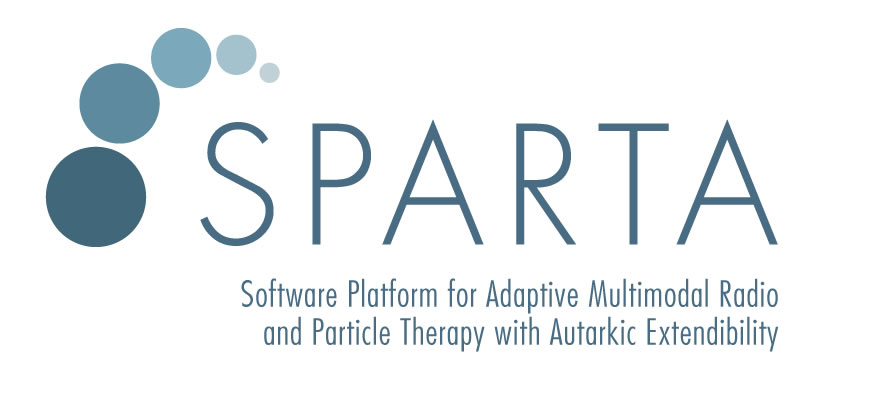
Alongside surgery and chemotherapy, radiation therapy is one of the pillars of treatment of malignant tumors. Precisely targeting the tumor and sparing the surrounding healthy tissue are important prerequisites for therapeutic success. The SPARTA consortium is developing software to improve therapy planning and optimize patient-specific treatment. Scientists from ten partners, including research institutes, medical technology companies, and university clinics, develop innovative, adaptive, and expandable software systems to help clinicians plan and perform radiation therapy. SPARTA’s overarching aim is to increase the safety and efficiency of radiation, and support tumor radiation in a more patient-friendly manner using innovative systems.
Main funding: BMBF
Role of MEVIS: consortium leader, scientific coordinator
VPH-PRISM
03/2013 - 02/2016
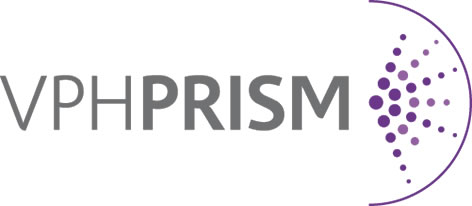
Breast cancer is frequent and life threatening, but curable if detected early. Early detection and comprehensive characterisation of findings require optimised imaging and image understanding to maximise detection of significant disease while preventing overdiagnosis. Personalised predictive modeling of breast cancer allows treatment stratification, preventing unnecessary and unsuccessful treatments. VPH-PRISM addresses these key topics with integrated multidisciplinary, multi-scale ICT modeling of breast tissue microstructure in the context of environmental, genetic, and clinical factors.
Main funding: EC
Role of MEVIS: consortium leader, scientific coordinator
Virtual Liver Network
04/2010 - 03/2015
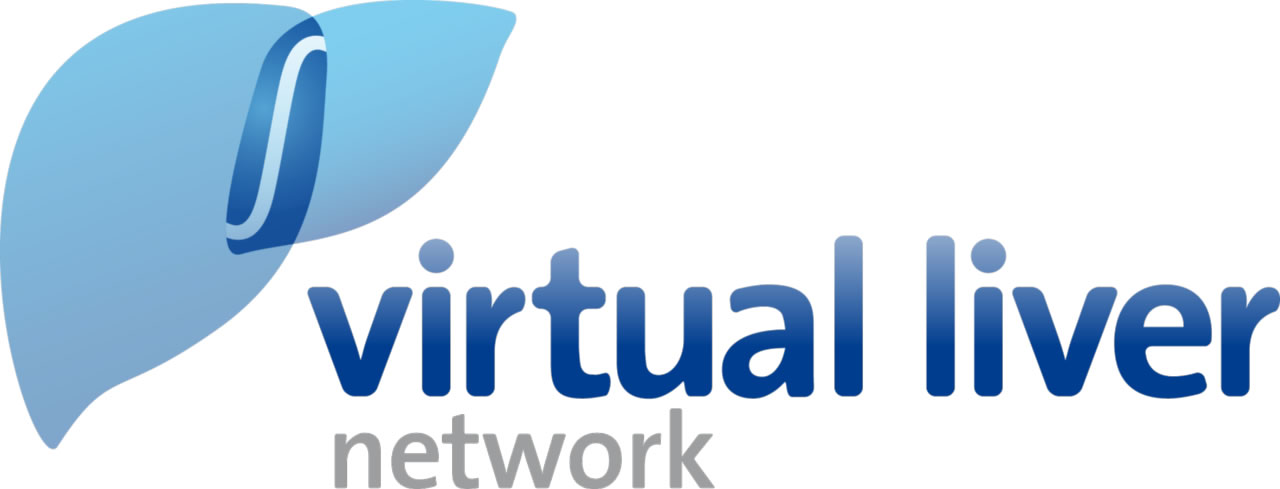
The Virtual Liver Network (VLN) represents a major research investment by the German Government focusing on work at the “bleeding edge” of Systems Biology and Systems Medicine. This Flagship Programme is tackling one of the major challenges in the life sciences: that is, how to integrate the wealth of data we have acquired post-genome, not just in a mathematical model, but more importantly in a series of models that are linked across scales to represent organ function. As the project is prototyping how to achieve true multi-scale modelling within a single organ and linking this to human physiology, it will be developing tools and protocols that can be applied to other systems, helping to drive forward the application of modelling and simulation to modern medical practice. While there is no direct successor for the Virtual Liver network, there is LiSyM, a large scale Liver Systems Medicine project, funded by the BMBF since beginning of 2016.
Main funding: BMBF
Role of MEVIS: consortium member, subproject leader
 Fraunhofer-Institut für Digitale Medizin MEVIS
Fraunhofer-Institut für Digitale Medizin MEVIS